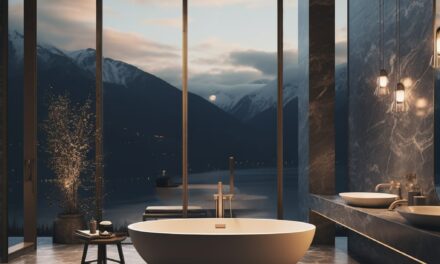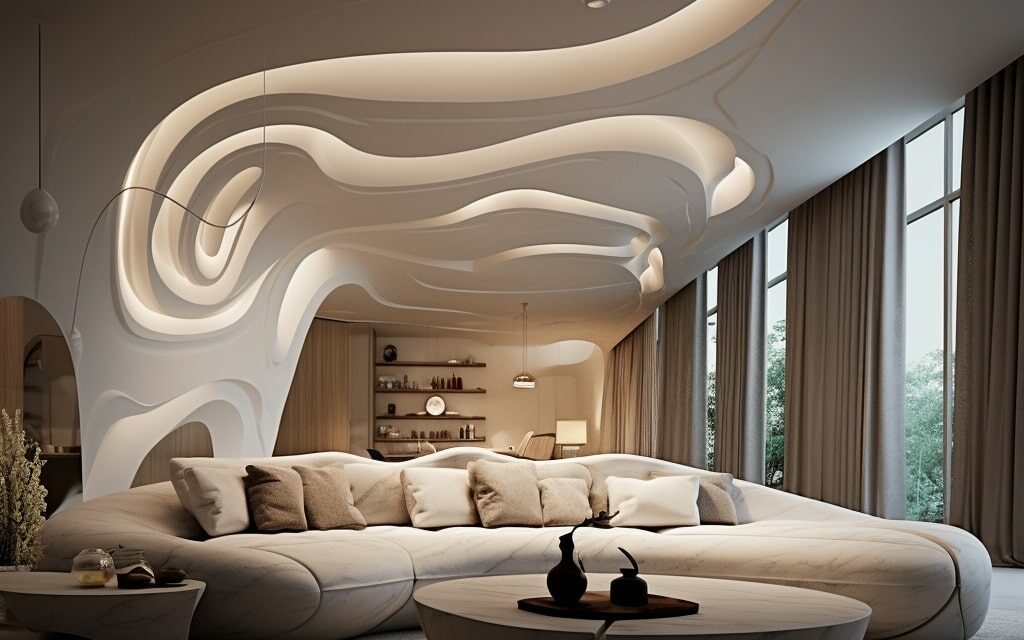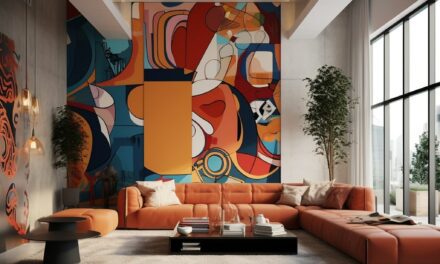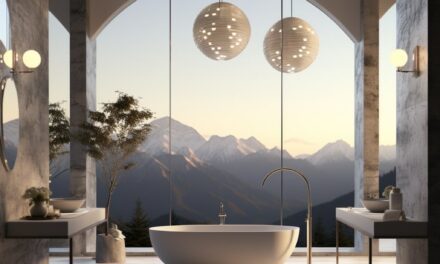If you’re new to the world of interior design, you may be wondering what rendering is and how it’s used in the industry. Put simply, rendering is the process of creating a visual representation of a space using computer-generated images. It’s a crucial tool that helps designers and clients visualize how a space will look once it’s completed.
In this article, we’ll explore the ins and outs of rendering in interior design, including the different techniques used, its role in the design process, and the impact of digital rendering on the industry.
What Is Rendering in Interior Design?
Rendering techniques are an essential element of interior design that incorporate a range of visual rendering methods to convey design concepts. These techniques help interior designers create realistic, 3D visualizations of potential spaces using various software, tools, and technologies.
There are different types of rendering techniques used in interior design, including 3D rendering, realistic rendering, and virtual rendering. Each technique brings a different level of detail and complexity to the visualization process.
3D Rendering
3D rendering is a technique that creates three-dimensional models of a space. It is widely used in interior design to create a realistic, 3D visualization of an interior space, providing a more accurate representation than two-dimensional drawings or plans.
3D rendering software uses complex algorithms to simulate lighting, shadows, and texture, and allows designers to explore different design options and features, such as varying color schemes or furniture layouts.
Realistic Rendering
Realistic rendering is a technique that simulates the appearance of a space as closely as possible to reality. It involves adding realistic features such as shadows, texture, and lighting, creating a photorealistic representation.
This technique is useful for presenting designs to clients and stakeholders, who can visualize the potential space in great detail. Realistic rendering provides a much more immersive experience than 3D rendering, allowing clients to better understand the overall design concept and how it will feel to inhabit the space.
Virtual Rendering
Virtual rendering is a technique that incorporates the use of virtual reality (VR) technology to create an immersive experience for interior design projects. This technique allows designers and clients to experience the space in a 360-degree environment, enabling them to explore the space in real-time and from different angles.
Virtual rendering is particularly useful for demonstrating complex design features such as lighting or acoustics, as clients can experience their impact firsthand.
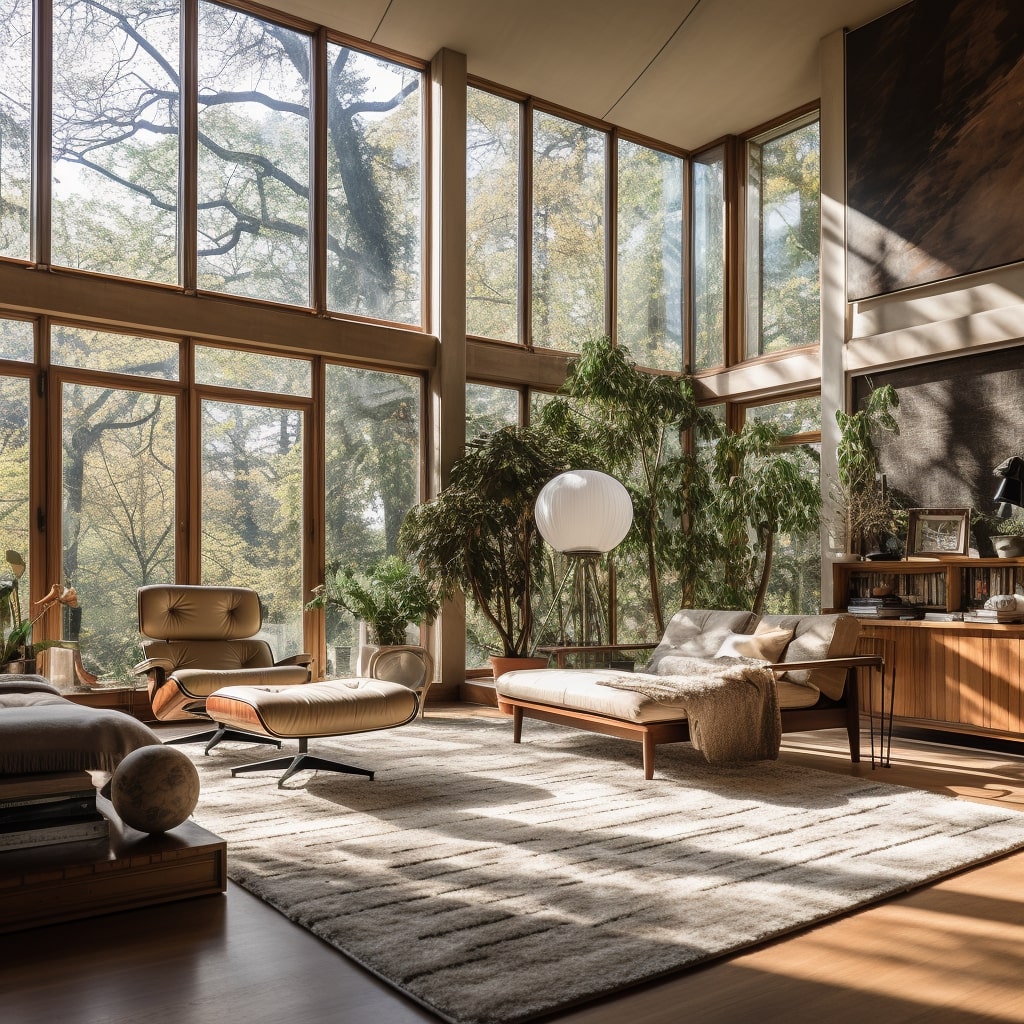
The Role of Rendering in the Interior Design Process
Rendering is a crucial component of the interior design process. It serves as a communication tool between designers and clients, aids in making informed design decisions, and helps ensure the feasibility of various design options.
Designers use rendering to present a realistic view of a space’s potential. This allows clients to visualize the end result and provide feedback on the proposed design. Rendering eliminates any confusion or miscommunication that may arise when trying to explain a design concept through written or verbal communication.
Additionally, rendering helps designers make informed design decisions. By visualizing a space in advance, designers can evaluate various design options and determine which will work best. Rendering also allows designers to experiment with different color schemes, experiments with scale, lighting techniques, and materials before finalizing a design.
Finally, rendering helps ensure the feasibility of various design options. By rendering a space in advance, designers can identify potential issues and make changes before construction begins. This helps save time and money, as it allows designers to catch and address any design flaws in the planning stages.
Related: The important of interior design
The Power of Digital Rendering
In recent years, digital rendering has become an indispensable tool for interior designers seeking to create photorealistic visualizations of their concepts. Unlike traditional hand-drawn renderings, digital rendering offers unparalleled accuracy and flexibility, enabling designers to experiment with different colors, materials, layouts, and lighting conditions quickly and easily.
Digital rendering software has also made impressive strides in recent years, with many powerful and user-friendly programs now available on the market. Some of the most popular software options for interior design include SketchUp, Autodesk 3ds Max, and V-Ray. These programs offer a range of features that help designers achieve the desired level of detail and realism in their renderings, from advanced lighting and shading tools to high-quality texture mapping and bump mapping capabilities.
One of the greatest advantages of digital rendering is its ability to save time and effort compared to traditional hand-drawn renderings. With digital rendering, designers can easily make revisions to their designs and experiment with different options without having to start from scratch every time. This not only speeds up the design process but also results in cost savings for clients.
Finally, digital rendering also offers unparalleled flexibility when it comes to presentation and distribution. Designers can easily share their digital renderings with clients, colleagues, and other stakeholders via email, social media, or other online channels. Digital renderings can also be easily incorporated into 3D walkthroughs, virtual tours, and other immersive visualization tools, enhancing the overall user experience and helping clients better understand and appreciate the designer’s vision.
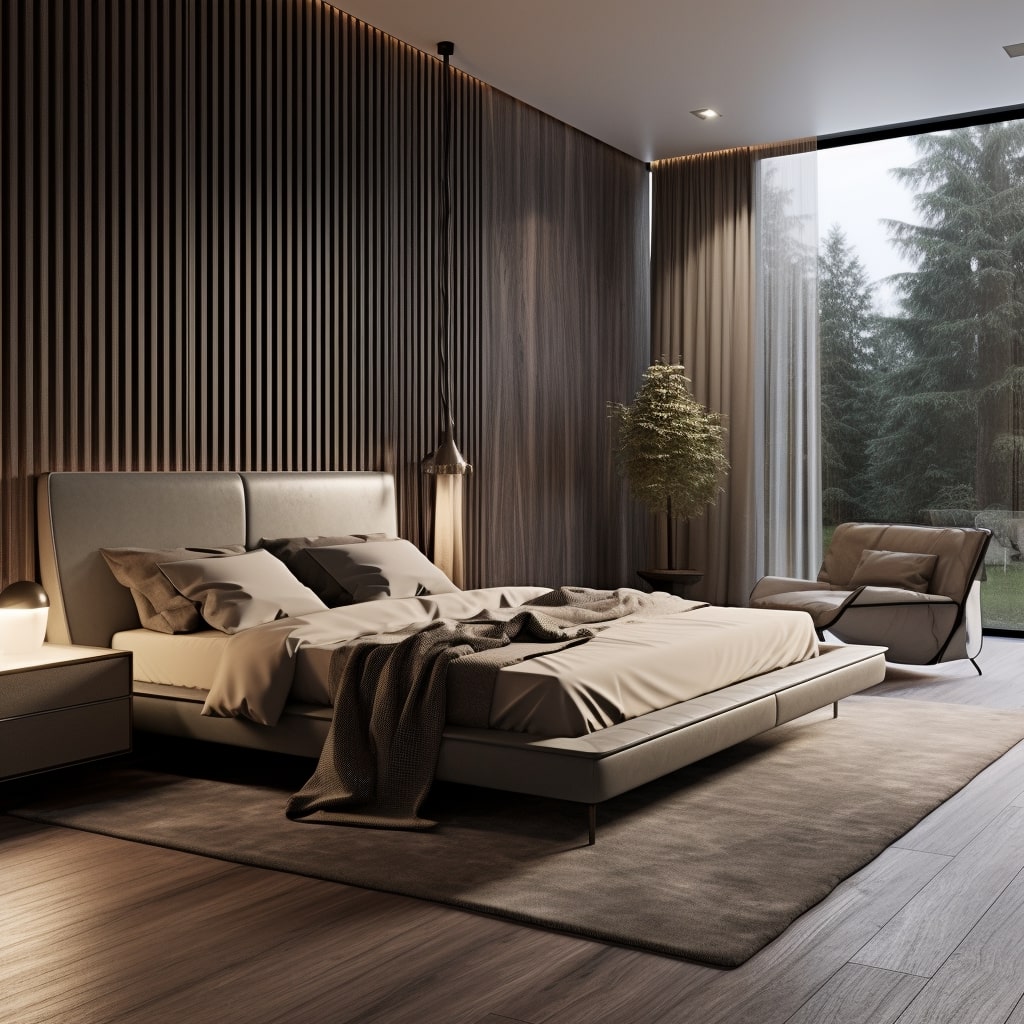

Enhancing Interior Design Presentations with Rendering
Rendering is an essential tool for elevating the quality of interior design presentations. By providing life-like visualizations of proposed spaces, rendering helps clients better understand the potential of a design proposal. It also facilitates communication between designers and stakeholders, enabling them to work together more efficiently and effectively.
With the help of rendering, designers can create presentations that convey their ideas accurately and persuasively. By visualizing interior spaces in 3D, designers can show clients how different design elements fit together and how they interact with each other. This allows clients to gain a deeper understanding of the design proposal and make informed decisions about it.
Benefits of Rendering for Interior Design Presentations
The benefits of rendering go beyond aesthetics. With realistic renderings, designers can evaluate different design options and make informed decisions based on the feasibility of each design. This helps eliminate the risk of costly errors or design changes in the later stages of the project.
Moreover, rendering helps to establish a strong client-designer relationship built on transparency and trust. By providing clients with visual aids, designers can increase their confidence in the design proposal and communicate their design intentions more effectively. This, in turn, leads to higher client satisfaction and increased chances of successful project completion.
It can also help communication between interior designers and interior architects.
How Rendering Enhances Communication in Interior Design Presentations
With the help of rendering, designers can communicate their design ideas and vision more effectively to clients and stakeholders. By providing a clear and detailed view of the proposed design, clients can better understand the design concept and evaluate its potential. This, in turn, can help clients provide more constructive feedback and make more informed decisions.
Rendering also helps to streamline the design process by providing a platform for collaboration and feedback. By using real-time rendering capabilities, designers can make adjustments to the design and receive immediate feedback from clients and stakeholders. This helps to reduce the amount of time required for design revisions, ultimately leading to increased project efficiency and improved client satisfaction.
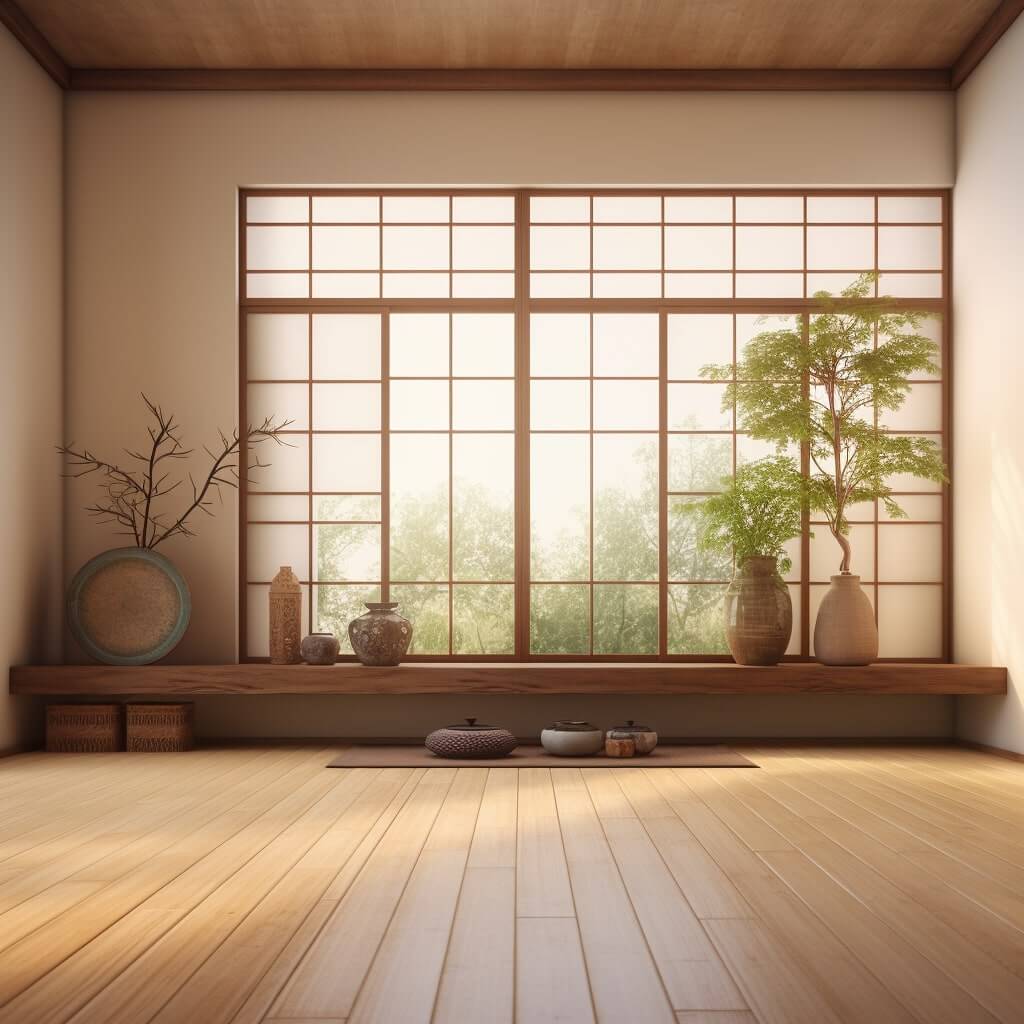

Choosing the Right Rendering Software
When it comes to selecting the right rendering software for your interior design project, there are several factors to consider. Not all rendering software is created equal, so it’s important to choose one that aligns with your design needs and preferences.
What to Consider
User-Friendliness: The rendering software you choose should be easy to use, with an intuitive interface that doesn’t require extensive training to master.
Rendering Capabilities: The software should be able to produce high-quality, realistic renderings of your design, in the style and format you desire.
Compatibility: Ensure the software is compatible with the design programs you use, such as SketchUp, AutoCad, or Revit, to ensure seamless integration.
Cost-Effectiveness: Consider the price of the software, and balance it against your budget and the value that the software brings to your design process.
Popular Rendering Software options
| Software | Features | Price |
|---|---|---|
| Autodesk 3ds Max | Offers a wide range of rendering capabilities and import/export options | $1,620/year |
| V-Ray | Provides fast and high-quality rendering with advanced lighting, texturing, and material editing tools | $350/year |
| Enscape | Offers real-time rendering and virtual reality integration with a user-friendly interface that requires minimal training | $58/month |
Each software has its own unique features and benefits, so it’s important to research and test different options to find the best fit for your specific design needs.
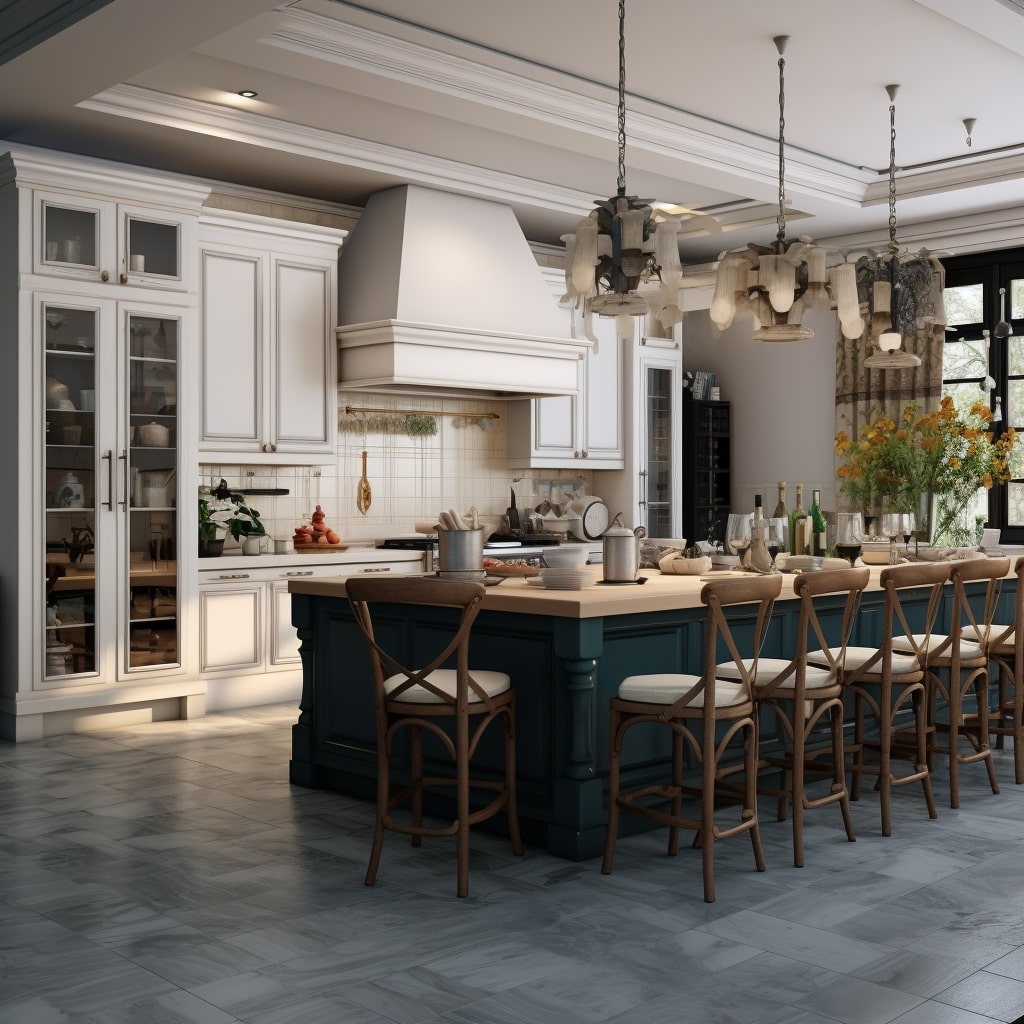

Incorporating Rendering into the Design Workflow
Rendering has become an integral part of the interior design process, aiding designers in visualizing their ideas and communicating them to clients. By incorporating rendering into the design workflow, interior designers can streamline their design process and enhance the overall quality of their work.
Using Rendering at Different Stages of the Design Process
Effective utilization of rendering requires incorporating it at different stages of the design process. In the conceptualization phase, designers can use renderings to generate various design options and evaluate the feasibility of different ideas.
During the planning phase, designers can use rendering to communicate design intentions to clients and facilitate informed decision-making. As the project progresses, designers can use rendering to conduct virtual walkthroughs of their designs and make any necessary adjustments before presenting them to clients.
Finally, designers can use rendering during the final presentation to showcase the design in a realistic and compelling way.
Collaborative Design Process
Incorporating rendering into the design workflow also enables a more collaborative design process. Clients can provide feedback at each stage, making it easier for designers to make any necessary changes in real-time. Rendering allows designers to communicate their vision more effectively, ensuring that clients have a clear understanding of the final design.
Efficiency and Client Satisfaction
By incorporating rendering into their workflow, interior designers can increase their efficiency, reduce the time and costs associated with design iterations, and ultimately enhance client satisfaction. Rendering allows designers to visualize designs more effectively, making it easier to identify and correct any issues early on in the design process.
| Benefits of Incorporating Rendering into the Design Workflow: |
|---|
| Streamlines the design process |
| Facilitates informed decision-making |
| Enables a more collaborative design process |
| Reduces time and costs associated with design iterations |
| Enhances client satisfaction |
The Power of Digital Rendering
Digital rendering has completely transformed the way interior designers conceptualize and present their ideas. By using interior design software and digital tools, designers are able to create accurate and detailed renderings of interior spaces in a fraction of the time it used to take. But the advantages of digital rendering go beyond just saving time.
One of the biggest benefits of digital rendering is increased accuracy. With the help of interior design software, designers can create realistic representations of materials, textures, and lighting, which can help clients better visualize the end result. Additionally, digital rendering allows designers to make changes quickly and easily, without having to start from scratch.
Another advantage of digital rendering is its flexibility. Designers can experiment with different color schemes, furniture arrangements, and lighting setups without having to physically move anything around. They can also create multiple design options and easily compare them side-by-side.
Finally, digital rendering can save a significant amount of time and money. Instead of having to create physical models or mockups, designers can use virtual design tools to create realistic renderings that clients can view from different angles and perspectives.
Overall, the power of digital rendering cannot be overstated. It enables designers to create stunning visuals that accurately represent their ideas, while also saving time and money in the process.
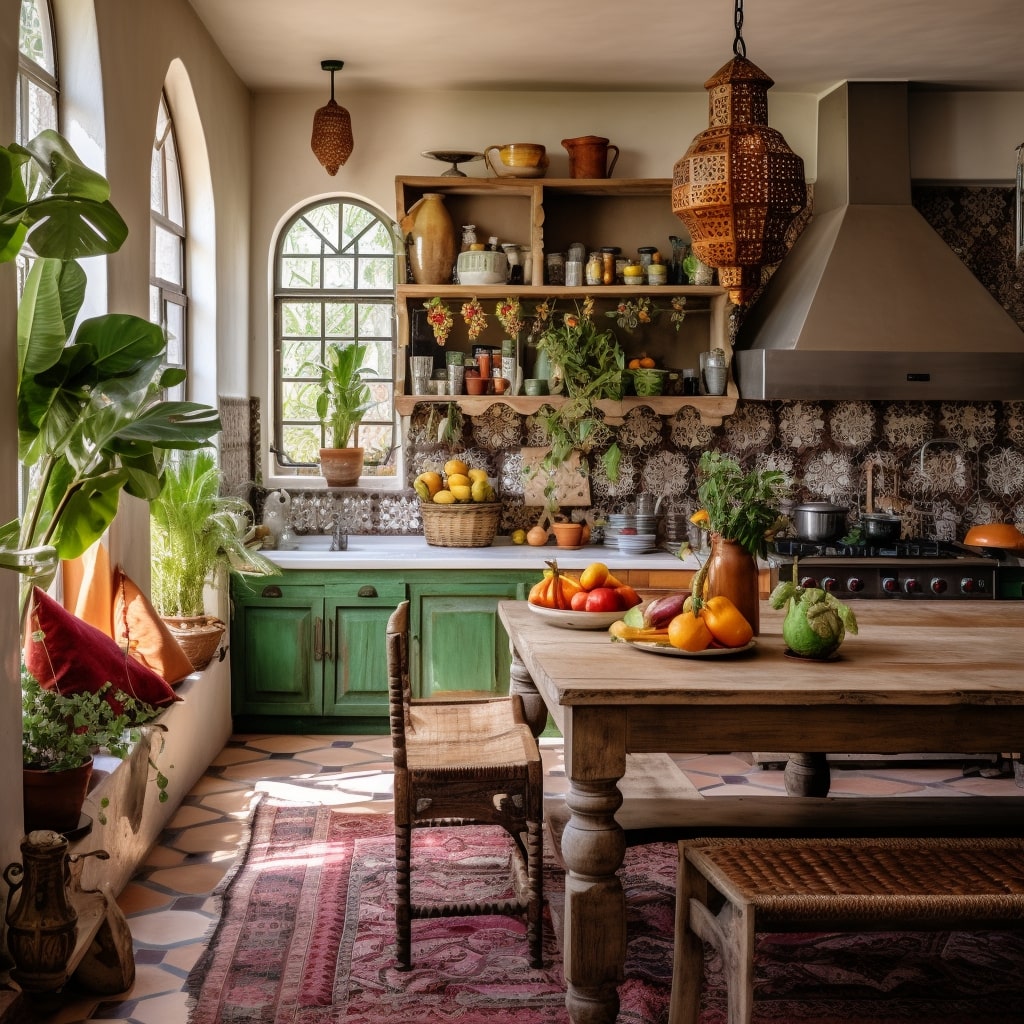

The Latest Advancements in Rendering Technology for Interior Design
As technology continues to evolve, so do rendering techniques for interior design. Here are some of the latest advancements in rendering technology:
Real-Time Rendering
Real-time rendering allows designers to see changes in lighting, textures, and materials in real-time as they make adjustments to their designs. With this technology, designers can adjust the placement and intensity of lighting, and see the immediate impact on the visualization of the space.
Virtual Reality Integration
Virtual reality integration provides designers with an immersive experience of their designs, allowing them to walk through and interact with the space as if it were real. This technology enables designers to identify design flaws and make adjustments before construction begins, ultimately saving time and resources.
Artificial Intelligence-Powered Rendering Tools
Artificial intelligence-powered rendering tools have the ability to analyze and process large amounts of data, resulting in faster rendering times and more accurate visualizations. Additionally, these tools can learn from past projects, adapting to individual project needs and preferences.
These advancements in rendering technology are transforming the field of interior design, enabling designers to create more realistic and accurate visualizations of spaces. As the technology continues to evolve, the possibilities for rendering in interior design are endless.
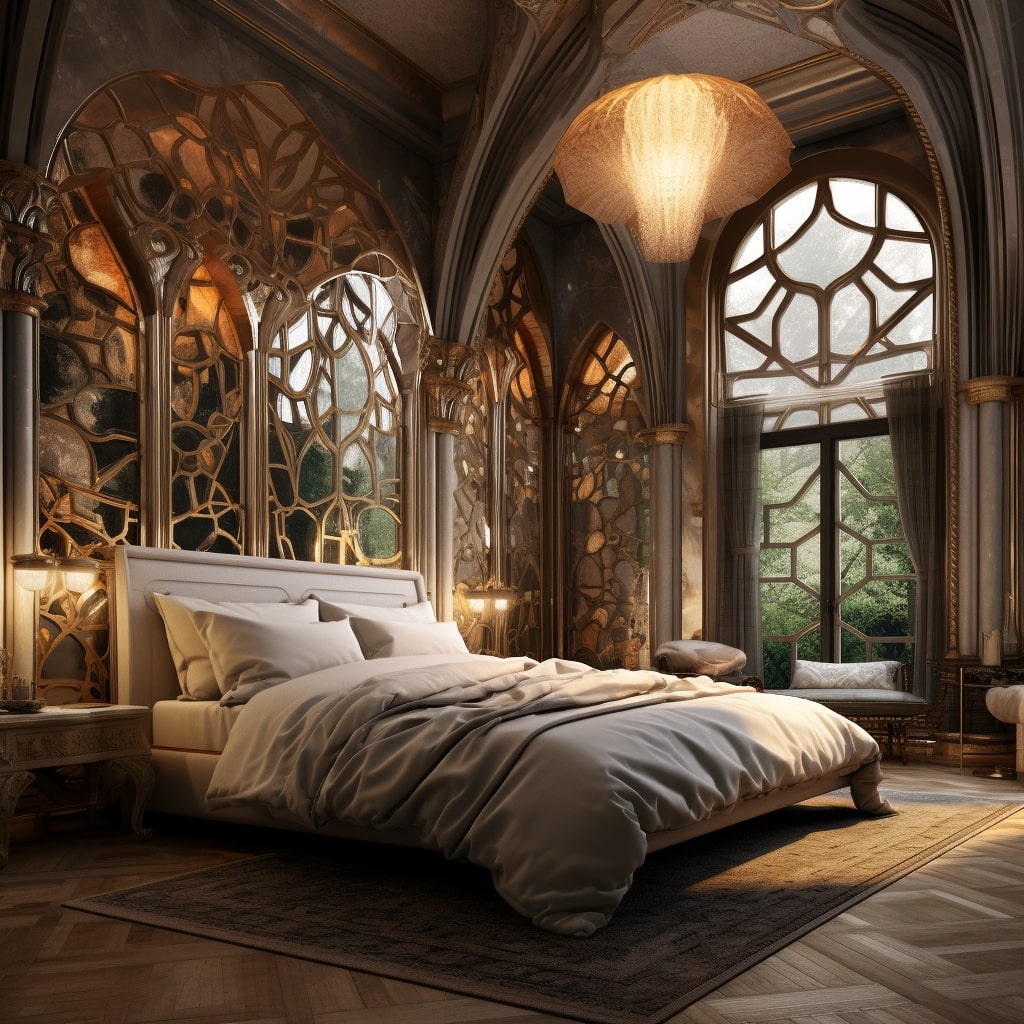

The Impact of Rendering on Space Visualization
Rendering plays a crucial role in enabling designers to visualize and communicate their ideas effectively. By creating lifelike visualizations of interior spaces, rendering enhances the ability to understand scale, proportions, and spatial relationships, allowing designers and clients to make informed decisions and visualize the potential of a space.
With the use of advanced rendering techniques, designers can create detailed representations of spaces that accurately convey the intended design. By incorporating elements such as lighting, textures, and materials, designers can create realistic visualizations that enable clients to fully understand the design vision. This level of detail allows clients to make better-informed decisions, reducing the potential for costly modifications later in the design process.
Another important aspect of rendering is its ability to showcase the potential of a space. By providing clients with a clear understanding of what the finished interior will look like, designers can help them to develop a stronger connection to the space and increase their excitement for the project. This ultimately leads to greater client satisfaction and long-term success for the project.
Rendering can also facilitate collaboration between designers and clients, enabling them to work together to fine-tune the design and make the best use of available space. By providing a shared visual representation of the design, rendering can help to clarify design concepts and highlight potential areas of concern, allowing for more effective problem-solving and decision-making.
Enhancing Space Visualization with 3D Rendering
One of the most powerful rendering techniques used in interior design is 3D rendering. This technique allows designers to create immersive, interactive visualizations that provide clients with a rich understanding of the space and the design intent. By using 3D rendering, designers can create detailed representations of complex spaces, allowing for more accurate decision-making and more effective collaboration.
With the use of 3D rendering, designers have the ability to create virtual walkthroughs of interior spaces, allowing clients to experience the design in a realistic and immersive way. This can be particularly useful for larger projects, where it may be difficult to fully visualize the space using traditional 2D drawings or models.
The use of 3D rendering can also help to showcase the design in context, providing clients with a clear understanding of how the space will interact with its surroundings. By incorporating elements such as natural lighting, textures, and materials, designers can accurately convey the intended atmosphere and style of the space, enabling clients to feel confident in their design choices.
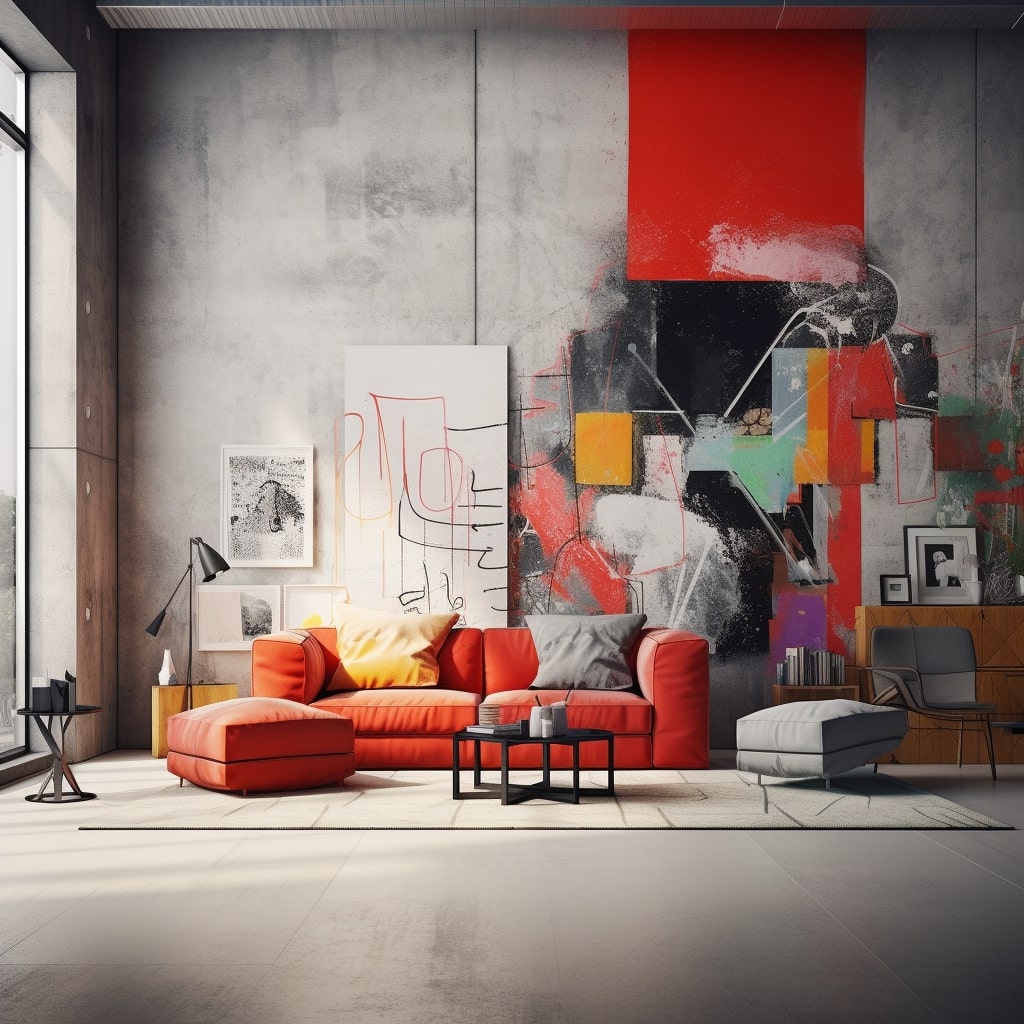

Section 11: Frequently Asked Questions about Rendering in Interior Design
If you’re new to the world of interior design or just starting to explore different rendering techniques, you may have questions about the process. Here are some frequently asked questions about rendering in interior design:
How long does rendering typically take?
The length of time it takes to complete a rendering project can vary depending on several factors, such as the complexity of the space being rendered, the level of detail required, and the rendering technique used. Some simple renderings could be completed in a matter of hours, while more complex projects may take several days or even weeks.
Can rendering be done for both residential and commercial spaces?
Yes! Rendering can be done for any type of space, whether it’s a residential home, commercial building, or public space. The goal of rendering is to provide a visual representation of what a space could look like once it’s complete, so it can be used for any project where visualizing the end result is important.
Do I need to have a specific software program to do rendering?
While there are several software programs specifically designed for rendering in interior design, you don’t necessarily need to have a specific program to do rendering. Some design software programs have built-in rendering capabilities, and there are also online rendering services that allow you to upload your designs and have them rendered for a fee.
What is the difference between 2D rendering and 3D rendering?
2D rendering is a flat, two-dimensional representation of a space, while 3D rendering creates a three-dimensional, lifelike representation of a space. 3D rendering allows for a more detailed and accurate visualization of a space, and is often used in interior design to help clients better understand how a space will look once it’s complete.
Can rendering be used to test out different design options?
Yes! One of the benefits of rendering is that it allows designers to test out different design options and see how they will look in the space before making any permanent changes. This can help designers make more informed decisions and ensure that the final design meets the client’s needs and expectations.
What is the difference between realistic rendering and virtual rendering?
Realistic rendering aims to create a lifelike, accurate representation of a space that looks as close to reality as possible. Virtual rendering, on the other hand, creates a more stylized, artistic representation of a space that may not be as accurate to real life. Both techniques have their benefits and can be used depending on the project goals and client preferences.


